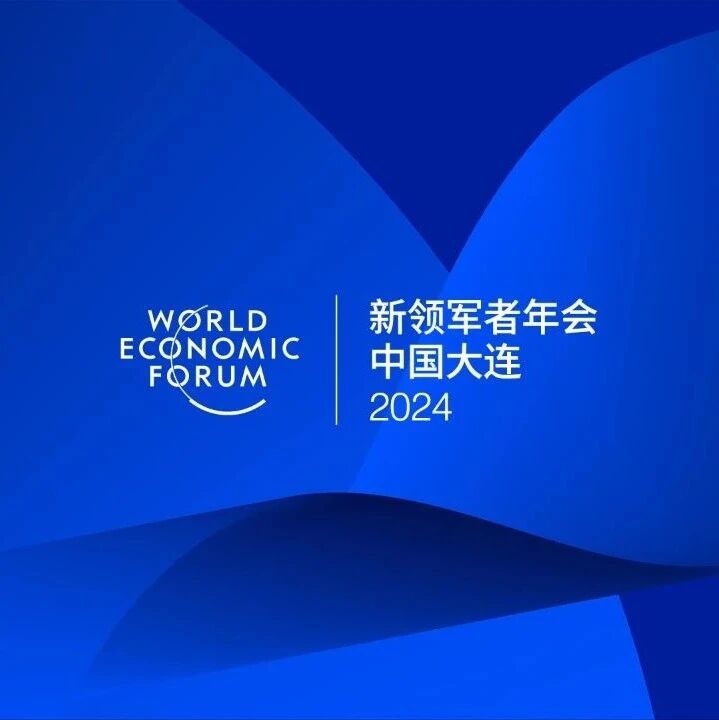

Cities must keep pace with the times to make ultra-fast delivery sustainable.
Image source: REUTERS/David W Cerny
Michael Fröbel
Accenture EMEA Head of Urban Mobility and Infrastructure Industries
Stanislas Hillen
Member of the World Economic Forum’s City Transformation Center ECP 2025, Spring
The rapid growth of ultra-fast delivery is outpacing the pace of building sustainable urban infrastructure, while emissions continue to rise.
Cities need a standardized framework to manage the growth of the delivery industry by sharing investments and data.
The World Economic Forum’s Center for Urban Transformation is coordinating cross-sector collaboration to scale up the adoption of solutions that make delivery cleaner, safer, and more seamlessly integrated into urban environments.
Ultra-fast urban delivery has become the new normal, yet cities remain ill-prepared. In the time it takes you to read this sentence, thousands of packages have already been delivered right to people’s doorsteps across major cities.
Driven by dense logistics networks and fierce market competition, groceries, meals, and packages can now be delivered within an hour. Yet, while consumers have grown accustomed to this rapid turnaround, urban infrastructure has largely remained stagnant. Many streets were not designed with commercial activities of this scale or speed in mind.
By 2030, emissions from the delivery sector could account for 13% of urban transportation emissions, while the resulting growth in vehicle numbers may surge by as much as 60%. This trend will further exacerbate traffic congestion, air pollution, and strain on public spaces.
Cities and businesses are both striving to adapt, yet they often lack coordination with one another. Without closer collaboration, urban logistics could become even more fragmented, potentially causing public goals to clash with the commercial operations of individual enterprises.
As a result, the city may entrench a system that undermines both livability and industry stability, thereby discouraging investments in clean logistics.
Ultra-fast delivery has become an irreversible trend—now is the time to recognize it as a critical infrastructure component that cannot be overlooked. It requires clear regulatory frameworks, must be supported by collaborative investments, and should be grounded in data that serves the public good.
Addressing regulatory challenges
To mitigate the impact of ultra-fast delivery services, some municipal authorities are implementing regulatory measures, such as shutting down "dark stores" (distribution centers used for ultra-fast deliveries), establishing low-emission zones, and introducing requirements for fleet electrification.
These initiatives stem from the real challenges cities are facing and, in many cases, directly address public demands.
However, the result is a fragmented ecosystem: rules vary widely from city to city, and even between different communities, making their evolution difficult to predict.
This disparity reflects varying local needs, yet it also makes it challenging for businesses to engage in sustainable planning.
To drive development, cities must establish a structured, transparent framework that clearly defines how delivery services should interact with urban spaces.
Clear expectations not only aid enforcement but also provide operators with the predictability they need, encouraging them to invest in cleaner, more efficient systems.
Amsterdam is providing a powerful example. Starting in 2025, its zero-emission zone will ban high-pollution vans and trucks from entering, with phased, stricter traffic regulations gradually implemented until, by 2030, only zero-emission vehicles will be allowed. Backed by the Netherlands’ national Climate Agreement, this approach is being uniformly adopted across multiple cities, offering operators the clarity they need to adapt.
Unlocking the potential of shared investment
Establishing a clear regulatory framework is the first step for cities, but achieving this goal cannot be done alone. Logistics infrastructure—ranging from roadside spaces to urban distribution hubs—is a critical resource for reducing delivery emissions and easing traffic congestion on city roads.
Many cities lack the budget or political capital needed to build commercial logistics infrastructure. Despite having a clear policy vision, funding and implementation often lag behind.
Meanwhile, delivery platforms are grappling with rising costs and intense competition. Without targeted incentives, the economic rationale behind ultra-fast delivery could push companies toward short-term, unsustainable solutions.
Shared investment offers a pragmatic path forward: by leveraging joint ventures or co-financing through public funds, it enables the integration of diverse resources, collaborative design approaches, and aligned incentive goals.
As Pedro Somma, Director of Influence Growth at Brazil’s largest food delivery and online ordering platform, iFood, puts it: "Shared investment isn’t just about financial support—it also means co-designing solutions with cities. At iFood, we’re partnering with local bike-sharing systems to provide riders with electric bicycles, a more affordable and sustainable option. When cities and businesses work together to plan ahead, we can make last-mile deliveries cleaner, more efficient, and ultimately benefit everyone."
If designed properly, shared investment can create a win-win situation: cities achieve their policy goals, while businesses reduce costs and enhance reliability.
Bridging the digital divide
Even with regulation and infrastructure in place, many cities still lack the key ingredient that makes planning truly effective: data.
Most city management departments lack reliable data on delivery volumes, identify the areas most severely affected by delivery congestion, or determine the types of vehicles operating on the roads. This makes it challenging for them to make data-driven decisions regarding roadside space allocation, regional functional planning, and environmental impact assessments.
Meanwhile, delivery companies are also proceeding with great caution. Operational data is commercially sensitive, and market competition remains fiercely intense. This mismatch has created blind spots for both sides: cities are crafting regulations based on incomplete information, while companies are operating without a clear understanding of future standards and consumer demands.
Solutions are continuously emerging. Organizations like the Open Mobility Foundation are helping cities and businesses standardize the collection and sharing of mobility data through open-source tools. These frameworks enable cities to access anonymized, non-competitive data while safeguarding companies' proprietary information.
Even sharing non-competitive data—such as delivery density or electric vehicle registration trends—can help cities plan infrastructure more accurately, while also enabling businesses to optimize their operations.
As Alan Murphy, Regional Manager of Smart Dublin, put it: "Bringing together stakeholders from across the delivery ecosystem allows us to gain a clearer understanding of the digital divide—and the real challenges businesses face on the ground. This open dialogue helps us move beyond assumptions, align on shared priorities, and identify the solutions with the greatest potential to streamline urban goods movement."
Ultimately, better data will lead to better outcomes: improved traffic management, reduced emissions, and the creation of more livable streets.
Shared Mission
The rapidly growing volume of deliveries will continue to put pressure on cities. However, through smart governance, collaborative planning, and targeted investments, this challenge can be transformed into an opportunity—enabling delivery services to better integrate into urban life.
The emerging blueprint is already clear:
Cities must develop a unified, future-oriented delivery framework.
Businesses must invest in responsible delivery models and adapt their operations to proactively align with urban environments.
Cities and businesses must collaboratively plan and drive innovation, grounded in data-driven trust and a shared consensus on how streets are used.
At the World Economic Forum, the City Transformation Center is collaborating with cross-sector partners to promote solutions that make delivery services cleaner, safer, and more seamlessly integrated into urban life—while also fostering deeper urban integration. This initiative underscores both sustainable innovation from the private sector and the development of stronger, more effective governance models for cities.
The path forward requires collaborative efforts: through joint regulation, shared investments, and trustworthy data. With these tools, cities can transform delivery challenges into opportunities—creating win-win outcomes for residents, businesses, and the planet.

The above content solely represents the author's personal views.This article is translated from the World Economic Forum's Agenda blog; the Chinese version is for reference purposes only.Feel free to share this in your Moments; for reprints, please leave a comment at the end of the post or message us via our official.
Translated by: Di Chenjing | Edited by: Wang Can
The World Economic Forum is an independent and neutral platform dedicated to bringing together diverse perspectives to discuss critical global, regional, and industry-specific issues.
Follow us on Weibo, WeChat Video Accounts, Douyin, and Xiaohongshu!
"World Economic Forum"


